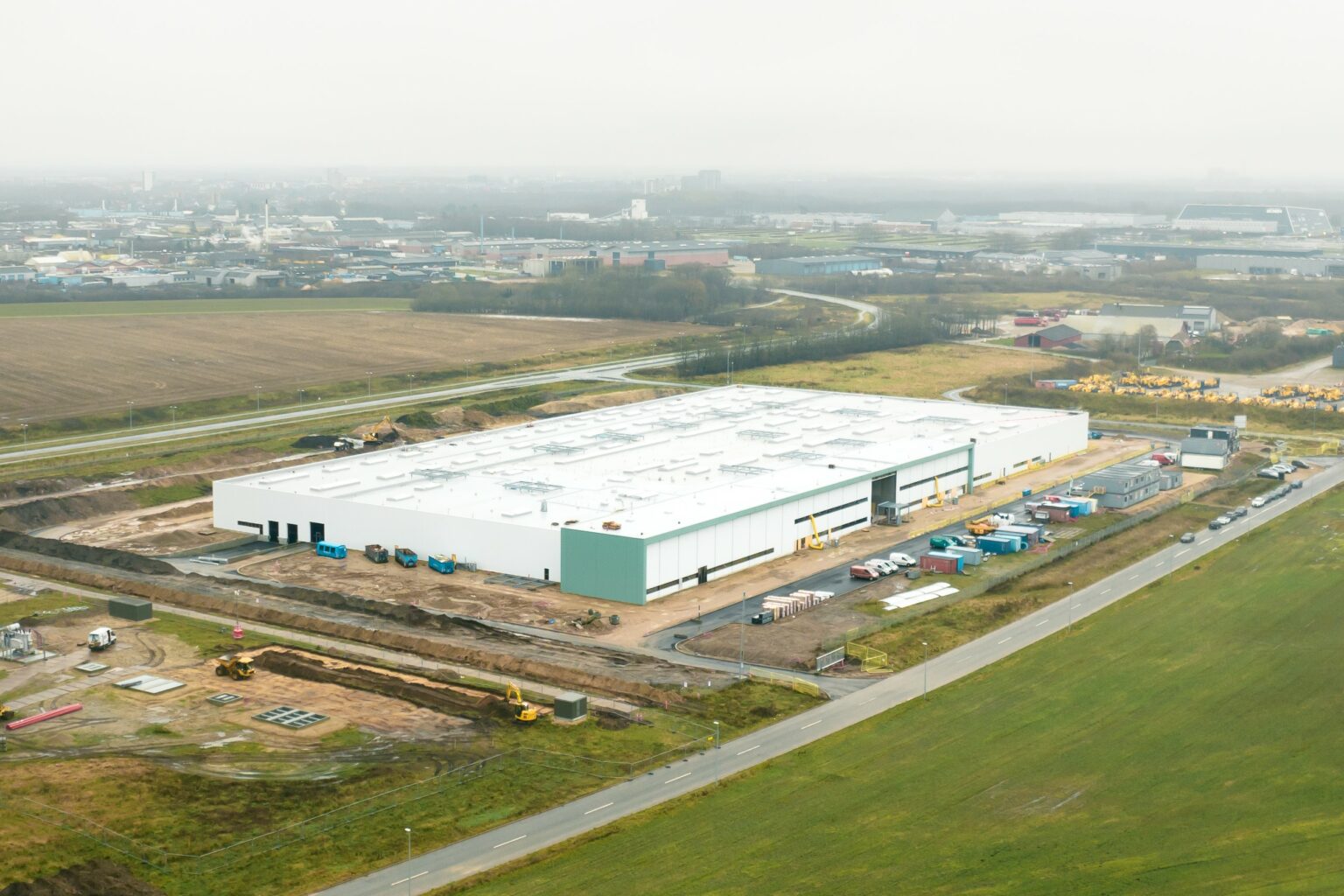Topsoe’s solid oxide electrolyzer cell (SOEC) factory in Denmark is poised to revolutionize the clean hydrogen production landscape. This facility sets a new benchmark in decarbonizing heavy industries and aligning with global climate objectives.
Supported by a €94 million grant from the EU’s Innovation Fund, which is among the most substantial funding programs for low-carbon technologies, Topsoe’s new SOEC manufacturing plant in Herning, Denmark, is expected to begin operation this year. Initially capable of producing 500 megawatts (MW) of SOEC units, the factory is designed for future scalability – signifying one of the biggest investments in the company’s history.
Electrolyzers generate hydrogen by using electricity to split water molecules. When powered by renewable energy, this process creates green hydrogen, critical for decarbonizing industries such as steel, mining, and long-haul transportation, which collectively contribute roughly 30% of global greenhouse gas emissions.
Topsoe projects that its Herning electrolyzers will mitigate more than 40 million metric tons of CO2-equivalent emissions over their first decade of operation—comparable to removing 950,000 cars from the road each year. As the SOEC technology scales up, it promises to tap into a burgeoning multi-gigawatt (GW) market for electrolyzer production.
SOEC is one of three primary hydrogen electrolysis technologies, alongside proton exchange membrane (PEM) and alkaline electrolysis. SOEC operates at higher temperatures, using steam rather than liquid water, allowing for lower voltage and reduced power consumption. Topsoe’s proprietary SOEC technology can produce 20-30% more hydrogen per unit of power than traditional methods.
By pairing SOEC technology with industrial processes that produce waste heat—such as ammonia or steel production—Topsoe aims to achieve the lowest levelized hydrogen cost in the industry at both megawatt and gigawatt scales.
Topsoe’s Herning facility, spanning 23,000 square meters and anticipated to be operational by 2024, will employ around 150 people directly and generate numerous indirect job opportunities. This facility is a pioneering endeavor in scaling electrolyzer production, transitioning from a capacity of 5 MW to 500 MW.





